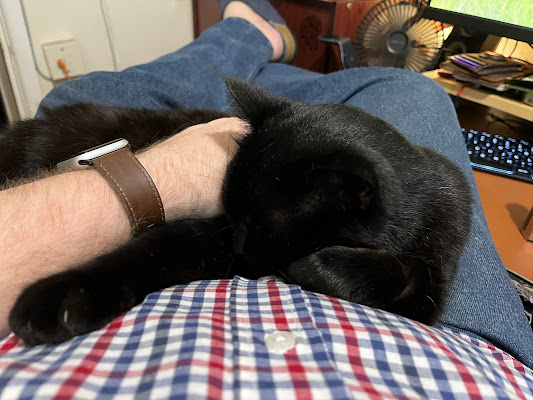Another Night in Moscow: Hands-On With Red Orchestra 2: Heroes of Stalingrad
Written by Christian Higley July 11, 2011 Digital Hippos
If there’s one thing missing from almost every FPS I’ve ever played, it’s a lack of physical connection with my avatar. One popular term is “floating turret” -- the feeling that you’re less a human and more a levitating gun. The floating turret dilemma is more a problem in some games than others, and certainly today’s more popular shooters have made deliberate strides to overcome the physical dissonance. I didn’t think the floating turret was a problem with every FPS until my time with Red Orchestra 2.
The singleplayer demo put me in the shoes of a generic soldier, fighting alongside my peers in an assault on a German-occupied area of Stalingrad. My first impression was that, as a multiplayer-focused shooter, RO2 doesn’t put much emphasis on story. Dying just dropped me into the brain of another generic soldier and, for the most part, the level felt very much like playing a multiplayer game with bots.
But what RO2 did have going for it was its incredible sense of physicality. Sure, there’s more going on, but I don’t know enough about guns to comment on their tiny intricate details and any shooter looks at least okay in a small vertical slice; there’s not enough time to get a feel for pacing or AI, two of the shooter’s most crucial working bits. So the feel of movement is what I’m focusing on, here.
So what makes this sense of physicality work so well? To start simple, when aiming from the hip there’s a noticeable lag between your camera movement and your weapon’s position on the screen, not unlike in the Killzone series. There’s also a liberal use of motion blur, which is neither overwhelming nor too subtle. But, so what? Motion blur is everywhere these days, right? Well, sit tight, I’m just getting started, here.
As with most of the games at 1C’s Another Night in Moscow event, RO2 is no arcade fare. You’ll find no bullet-sponge enemies in RO2. Down to the last round in my submachine gun, a German soldier caught me before I could reload. I fired that last shot without thinking; luck and my point-blank range guided it into the German’s gut. He grasped the wound and doubled over in pain, grasping for life.
A few minutes later I found myself on the other end of a very similar scenario. I took a well-placed shot to a vital area and ran to cover to await the inevitable regenerating health. Nope. A split second after I dashed into a nearby doorway, I stumbled forward and fell over, dead.
Then there’s the blind fire, which is blind. I know that sentence sounds silly at a glance, but seriously -- there’s no switching to third person to fire with a slightly-expanded targeting reticule while “blind” firing. When you fire your weapon blind from cover, you see as much as you allow yourself to see; needless to say, the more you peek out, the more vulnerable you are.
With Red Orchestra 2, Tripwire and 1C are making a deliberate choice not to head into 1-to-1 competition with the likes of Modern Warfare, Medal of Honor or Battlefield. As I mentioned, it’s hard-if-not-impossible to get a proper feel for any game, much less a shooter, in a 15-minute demo. While vertical slices don’t work for most games, they work extremely well for shooters. But at a glance, Red Orchestra doesn't only look good, it looks distinct, and precisely like something the PC audience wants.
SOURCE
